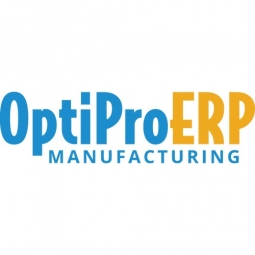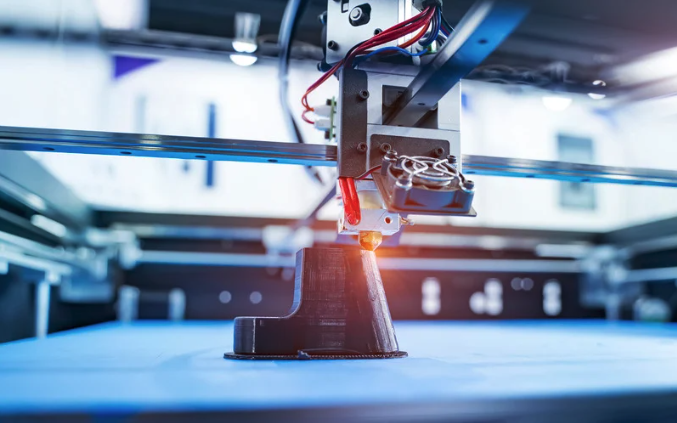技术
- 分析与建模 - 实时分析
- 功能应用 - 制造执行系统 (MES)
适用功能
- 采购
- 仓库和库存管理
用例
- 添加剂制造
- 制造过程模拟
服务
- 系统集成
关于客户
AllStyle Coil Company 是美国最大的独立线圈制造商,也是暖通空调创新领域的领导者。这家家族企业的制造工厂面积已从 40,000 平方英尺发展到 800,000 平方英尺。他们以对质量和创新的承诺而闻名,并享有行业领导者的声誉。他们拥有多元化的客户群和广泛的产品,并且不断寻找改进运营并为客户提供更好服务的方法。
挑战
AllStyle Coil Company 是美国最大的独立线圈制造商,其现有的 IBM AS400 系统面临着重大挑战。该系统的维护成本太高,而且无法提供必要的制造功能。该公司的制造工厂已从 40,000 平方英尺发展到 800,000 平方英尺,但他们现有的系统无法跟上增长的步伐。他们曾尝试部署 Global Shop Solutions,但发现它过于僵化且无法满足他们的需求。他们需要一个能够端到端处理业务、提供订单实时更新并提供更深入的财务运营可见性的系统。
解决方案
AllStyle Coil 选择使用 SAP Business One 实施 OptiProERP,取代了多个系统。他们选择 OptiProERP 是因为它的简单性、灵活性以及处理所有业务和制造流程的能力。该软件的自动化业务和制造功能正在帮助 AllStyle Coil 消除重复的手动输入,为客户提供订单的实时更新,并更深入地了解财务运营。库存盘点现已实现自动化,大大减少了错误。此外,由于所有数据都存储在一个系统中,任何人都可以立即找到订单状态,而无需实际跟踪采购订单并前往制造部门查看其在生产计划中的位置。 AllStyle Coil 还计划采用与 OptiProERP 集成的客户门户,以便客户可以查看和跟踪订单。
运营影响
数量效益

Case Study missing?
Start adding your own!
Register with your work email and create a new case study profile for your business.
相关案例.

Case Study
Battery manufacturer Industrial Digital Twin
For optimum control of product quality, Banner relies on a high production depth. Its 560 production employees produce nearly all the components in¬-house that they need to make finished batteries on Banner’s six assembly lines. This includes the plastic parts for the battery cases as well as the paste-filled lead oxide grids. Their production involves two to five¬ days rest in maturing chambers to create optimum current absorption and storage capacity. Banner’s ongoing success was accompanied by a continuous, organic growth of the production facilities, adding or extending hall after hall until the complex filled the site that had seemed ever so spacious when the company moved here from a smaller place in 1959. These developments led to a heterogeneous production environment. “This confronts us with significant challenges, particularly concerning intra¬logistics issues, such as scheduling for the maturing chambers,” says Franz Dorninger, technical director at Banner. “We contemplated various ways to overcome this problem, including relocating to new premises.”
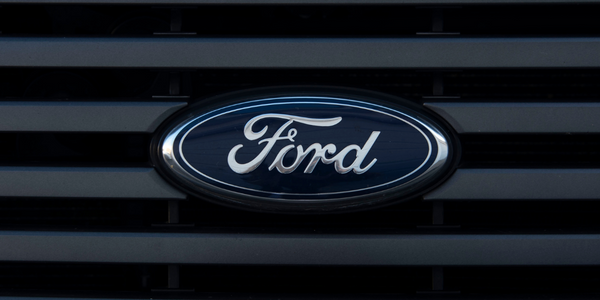
Case Study
Ford Motor Company on the Road to 3D Manufacturing
To date, key challenges have stood in the way of 3D printing becoming a manufacturing tool for the automaker. The first issue is a fundamental one — conventional 3D printing technologies make parts layer-by-layer, slowly crafting one layer at a time, creating parts that aren’t nearly as robust as those stamped or injection molded. While the slow speed of this process is a major drawback, the bigger problem is that the parts produced are not isotropic and not durable enough to be used in production vehicles. In addition, most parts used in vehicles today must withstand temperature extremes from the hottest desert to the coldest Arctic environments and still maintain their integrity. With only a handful of stock materials available for 3D printers, meeting the automaker’s unique demands has not been possible.
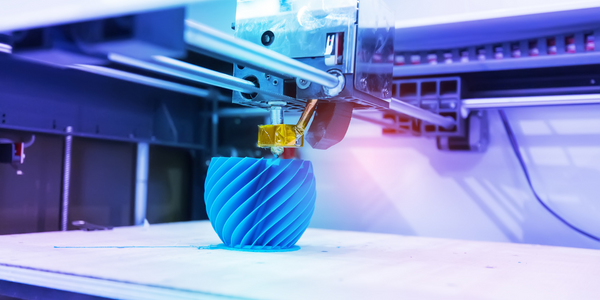
Case Study
3D Printed Prototypes Streamline Equipment Introduction
Vauxhall set out to introduce a modified process hanger with a new part that would be used to support each vehicle body throughout the production process. This part is a critical piece and had to perfectly fit both the machinery and the auto body to create correct clearances and avoid damage during production.
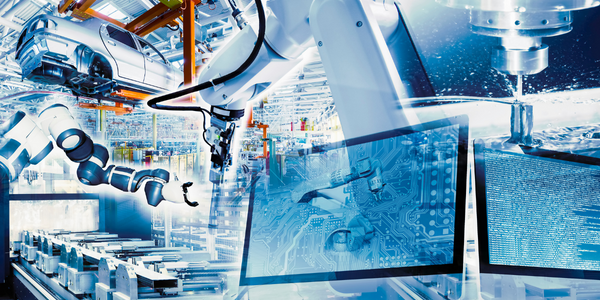
Case Study
Bekaert's Journey to Manufacturing Digitalization with TCS
Bekaert, a major player in the steel wire industry, was facing significant challenges in its manufacturing operations due to outdated data platforms. The company was unable to trace genealogy beyond a week's data and lacked diagnostic analysis of plant operations, which severely hampered decision-making. The absence of automation in benchmarking operations and extensive reporting on plant management further complicated the situation. To enhance efficiency and effectiveness in multiple focus areas, Bekaert needed a modern data platform capable of managing large volumes of data and generating actionable insights. The company aimed to drive quality, overall equipment effectiveness (OEE), and plant productivity based on these insights.
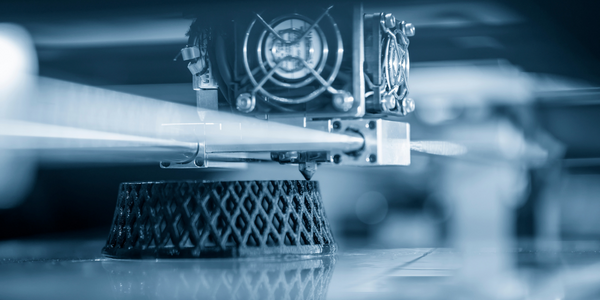
Case Study
3D-Printing of Tooling Parts
Selective Laser Melting (SLM), an additive manufacturing technology, can be used for the production of tooling components with conformal cooling channels. ABB OY, Drives and Controls, was able to tremendously reduce the cycle time for a cabling grommet due to a redesign and optimization of a tooling insert. The optimized geometry of the part not only reduces the cycle time but also leads to less scrap parts in production.The aim of the case study of implementing conformal cooling for this insert was to improve the efficiency of the production and to increase the product quality resulting in less defective products.

